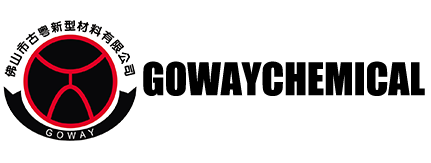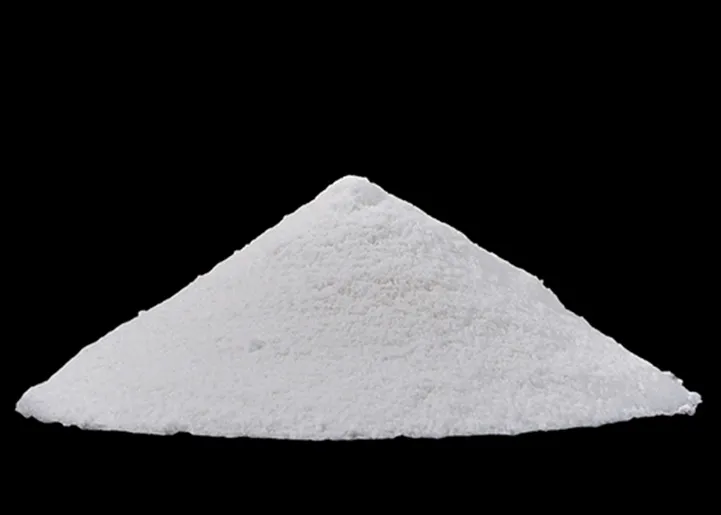Meningkatkan Pencelupan Poliester dengan Alat Bantu Pencelupan Basa dan Natrium Heksametafosfat
Pendahuluan
Temukan bagaimana pengenalan aditif pencelupan alkali, khususnya Sodium Hexametaphosphate, merevolusi pencelupan kain poliester, mengatasi masalah umum dalam metode pencelupan pewarna asam tradisional.
Tantangan dalam Pencelupan Poliester Tradisional
Metode pencelupan pewarna asam konvensional untuk kain poliester sering kali menghasilkan kualitas yang buruk, hasil yang rendah, dan biaya produksi yang tinggi. Kekurangan ini membuatnya kurang cocok untuk kebutuhan produksi modern, terutama dalam proses pencelupan tenun.
Keuntungan dari Agen Bantu Pencelupan Alkali
Zat pembantu pencelupan alkali menawarkan solusi untuk keterbatasan metode tradisional. Zat khusus ini dirancang secara khusus untuk pencelupan alkali pada kain tenun poliester, memberikan beberapa manfaat:
Kejelasan Warna yang Ditingkatkan
- Dengan menggunakan pewarna dispersi dengan ketahanan alkali yang sangat baik, kain menghasilkan warna yang lebih cerah dan konsisten.
Peningkatan Kualitas
- Pencelupan alkali mengurangi cacat umum seperti perbedaan warna, pewarnaan yang tidak merata, dan kontaminasi, sehingga menghasilkan produk jadi yang lebih berkualitas.
Peningkatan Hasil
- Efisiensi proses pewarnaan ditingkatkan, menghasilkan output yang lebih tinggi dan mengurangi biaya produksi.
Peran Sodium Hexametaphosphate dalam Agen Bantu Pencelupan Alkali
Bahan pembantu pencelupan alkali biasanya terdiri atas tiga komponen utama: natrium karbonat, boraks, dan natrium heksametafosfat. Perincian komposisinya adalah sebagai berikut:
- Natrium Karbonat: 22-26%
- Boraks: 20-23%
- Sodium Hexametaphosphate: 54-55%
Komponen-komponen ini dicampur secara menyeluruh berdasarkan persentase berat, menghasilkan zat pembantu pencelupan alkali yang sesuai untuk proses pencelupan yang membutuhkan lebih dari 60 meter.
Persiapan dan Penggunaan Aditif Pencelupan Alkali
Aditif pencelupan alkali dibuat sebagai campuran padat, yang perlu dilarutkan dalam air untuk aplikasi. Dalam larutan, ini menunjukkan sifat pelunakan air dan dispersi. Sodium Hexametaphosphate memainkan peran penting dalam campuran ini dengan mengikat ion logam seperti kalsium dan magnesium, sehingga meningkatkan kemampuan pelunakan dan pendispersian larutan.
Kesimpulan
Pengenalan zat bantu pencelupan alkali, khususnya yang mengandung natrium heksametafosfat, secara signifikan meningkatkan proses pencelupan untuk kain poliester. Dengan mengatasi keterbatasan metode tradisional, zat aditif ini memastikan kualitas yang lebih baik, hasil yang lebih tinggi, dan mengurangi biaya, sehingga menjadikannya penting untuk operasi pencelupan modern.
PERTANYAAN YANG SERING DIAJUKAN
Apa keuntungan menggunakan zat pembantu pencelupan alkali dibandingkan metode tradisional?
- Zat pembantu pencelupan alkali meningkatkan kejelasan warna, mengurangi cacat, meningkatkan hasil, dan menurunkan biaya produksi.
Bagaimana natrium heksametafosfat meningkatkan proses pewarnaan?
- Sodium hexametaphosphate melembutkan air dengan mengikat ion logam dan meningkatkan dispersi pewarna, yang mengarah ke hasil pewarnaan yang lebih baik.
Apa komposisi khas zat pembantu pewarnaan alkali?
- Zat pembantu pencelupan alkali biasanya terdiri dari 22-26% natrium karbonat, 20-23% boraks, dan 54-55% natrium heksametafosfat.
Apakah zat aditif pencelupan alkali berbentuk padat atau cair?
- Aditif pencelupan alkali dibuat sebagai padatan dan perlu dilarutkan dalam air untuk digunakan dalam proses pencelupan.

